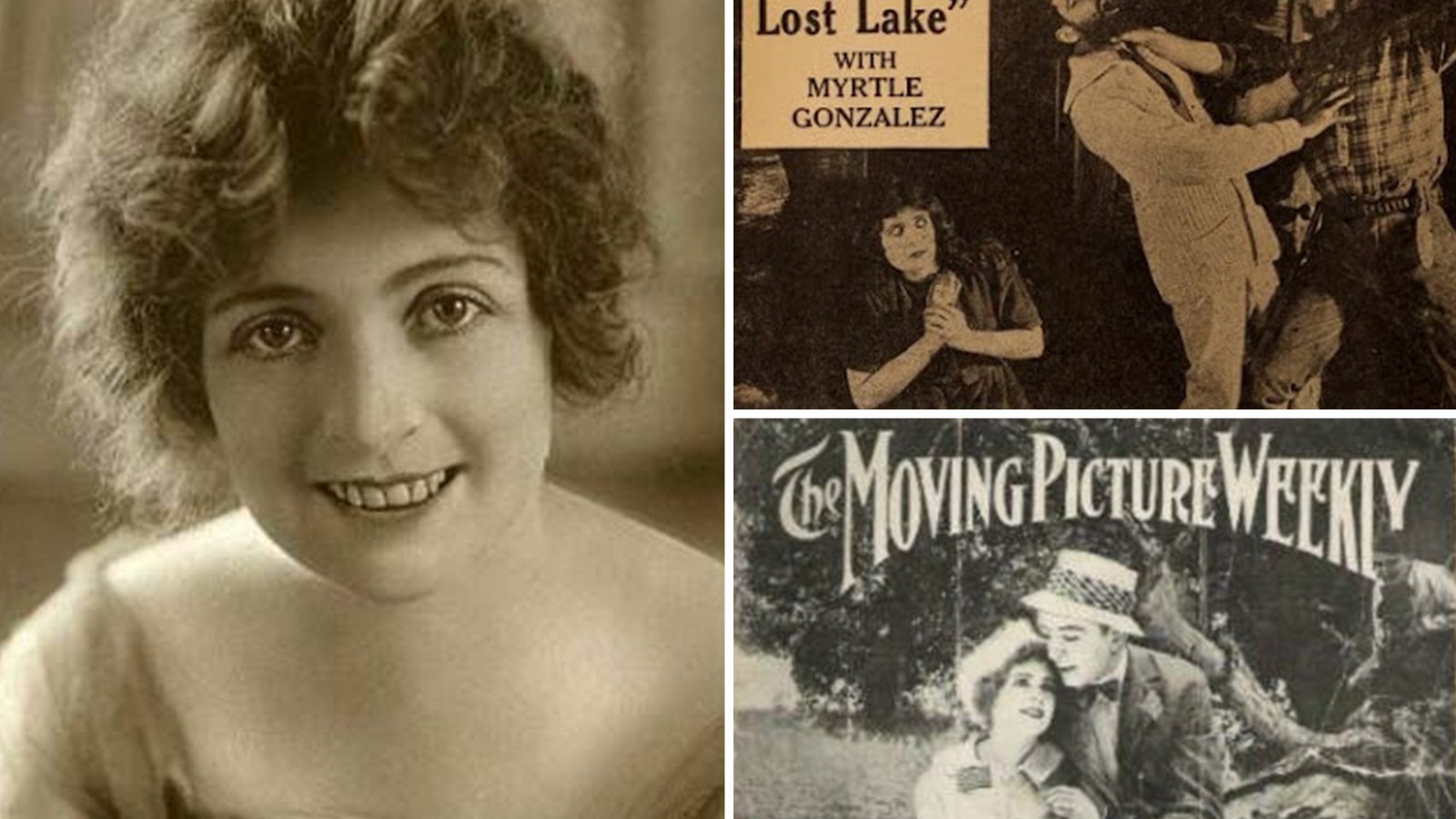In the bustling era of silent films, where emotions spoke louder than words, Myrtle Gonzalez emerged as a luminous star, leaving an indelible mark on the early days of Hollywood. Born on September 28, 1891, in Los Angeles, California, Gonzalez’s journey through the burgeoning film industry was not only a testament to her talent but also a reflection of the evolving landscape of American entertainment.
Early Life and Career:
Myrtle Gonzalez’s foray into the world of entertainment began at a young age. Raised in the vibrant city of Los Angeles, she found herself drawn to the performing arts. Her passion for acting and a magnetic screen presence led her to venture into the nascent world of cinema in the early 1910s.
Gonzalez’s initial roles were often uncredited, as the film industry was still in its infancy, and the concept of movie stardom had not fully solidified. However, her talent and charisma quickly caught the attention of directors and producers, propelling her into more prominent roles.
Rise to Stardom:
It was during the mid-1910s that Myrtle Gonzalez began to rise to stardom. Silent films, with their evocative storytelling and captivating visuals, were becoming a dominant force in the entertainment industry. Gonzalez’s ability to convey complex emotions without uttering a word made her a sought-after actress.
One of her notable early works was in the 1915 film “The Guilty Ones,” where she played a pivotal role that showcased her versatility as an actress. Audiences and critics alike were captivated by her performances, and Gonzalez soon found herself among the top-tier actresses of the silent era.
Collaboration with Thomas H. Ince:
Myrtle Gonzalez’s career reached new heights when she collaborated with the influential film producer Thomas H. Ince. Ince was a pioneering figure in early Hollywood, known for his innovative approach to filmmaking and his role in shaping the studio system. Gonzalez became a regular presence in Ince’s productions, solidifying her status as one of the era’s leading ladies.
Her performances in films like “Civilization” (1916) and “The Soul of a Magdalene” (1917) showcased her ability to portray a wide range of characters. Whether in dramas or comedies, Gonzalez’s on-screen presence was magnetic, drawing audiences into the narrative.
Transition to Feature Films:
As the silent film era progressed, so did Myrtle Gonzalez’s career. She transitioned from short films to feature-length productions, marking a significant milestone in her journey through Hollywood. Her transition reflected the growing demand for longer narratives and the maturation of the film industry.
Gonzalez’s talent for adapting to the evolving nature of filmmaking allowed her to maintain her relevance in an industry that was constantly changing. Her work in feature films like “The Price of Innocence” (1916) and “The Lash of Power” (1917) demonstrated her ability to carry a film and connect with audiences on a deeper level.
Personal Life and Tragedy:
Despite her professional success, Myrtle Gonzalez’s personal life was marked by tragedy. In 1917, she married MGM executive Allen J. Holubar, and the couple became one of Hollywood’s power pairs. Tragically, their union was short-lived, as Holubar succumbed to the Spanish flu pandemic in 1918. The loss of her husband was a devastating blow for Gonzalez, and it had a profound impact on both her personal life and career.
Legacy and Contributions:
Myrtle Gonzalez’s contributions to early Hollywood extend beyond her performances on screen. As one of the pioneering actresses of the silent era, she played a vital role in shaping the narrative and aesthetic of early American cinema. Her ability to convey emotion without spoken words was a testament to the power of visual storytelling, a skill that defined the silent film era.
Gonzalez’s work with Thomas H. Ince and her transition to feature films highlighted her adaptability and resilience in an industry that was still finding its footing. Her legacy endures as a symbol of the silent film era’s artistic and cultural impact.
Conclusion:
Myrtle Gonzalez‘s journey through the silent film era is a compelling narrative that mirrors the evolution of Hollywood itself. From her early uncredited roles to her collaborations with influential figures like Thomas H. Ince, Gonzalez’s career reflects the dynamic nature of an industry in constant flux.
Her ability to captivate audiences without uttering a word, coupled with her versatility in portraying diverse characters, cemented Myrtle Gonzalez’s place among the stars of early Hollywood. While her personal life was marked by tragedy, her legacy as a trailblazer in the world of silent cinema remains intact, reminding us of the enduring power of visual storytelling.
